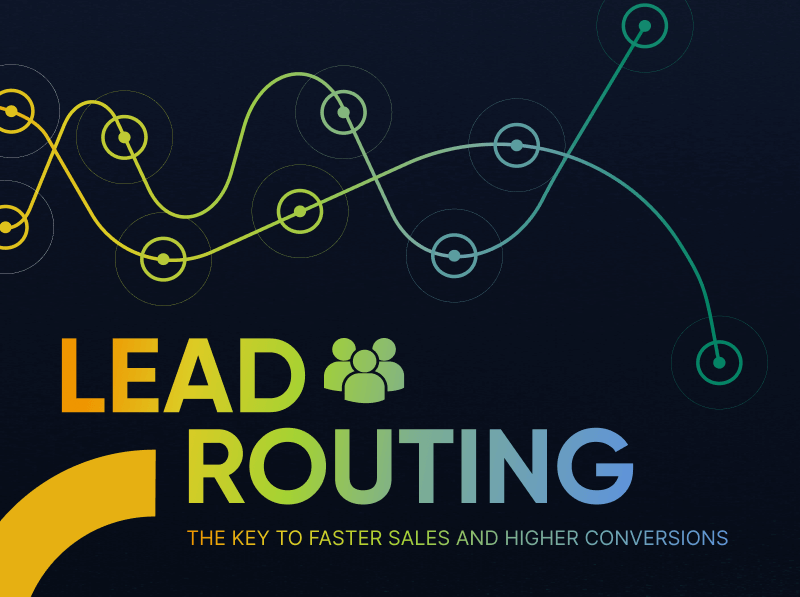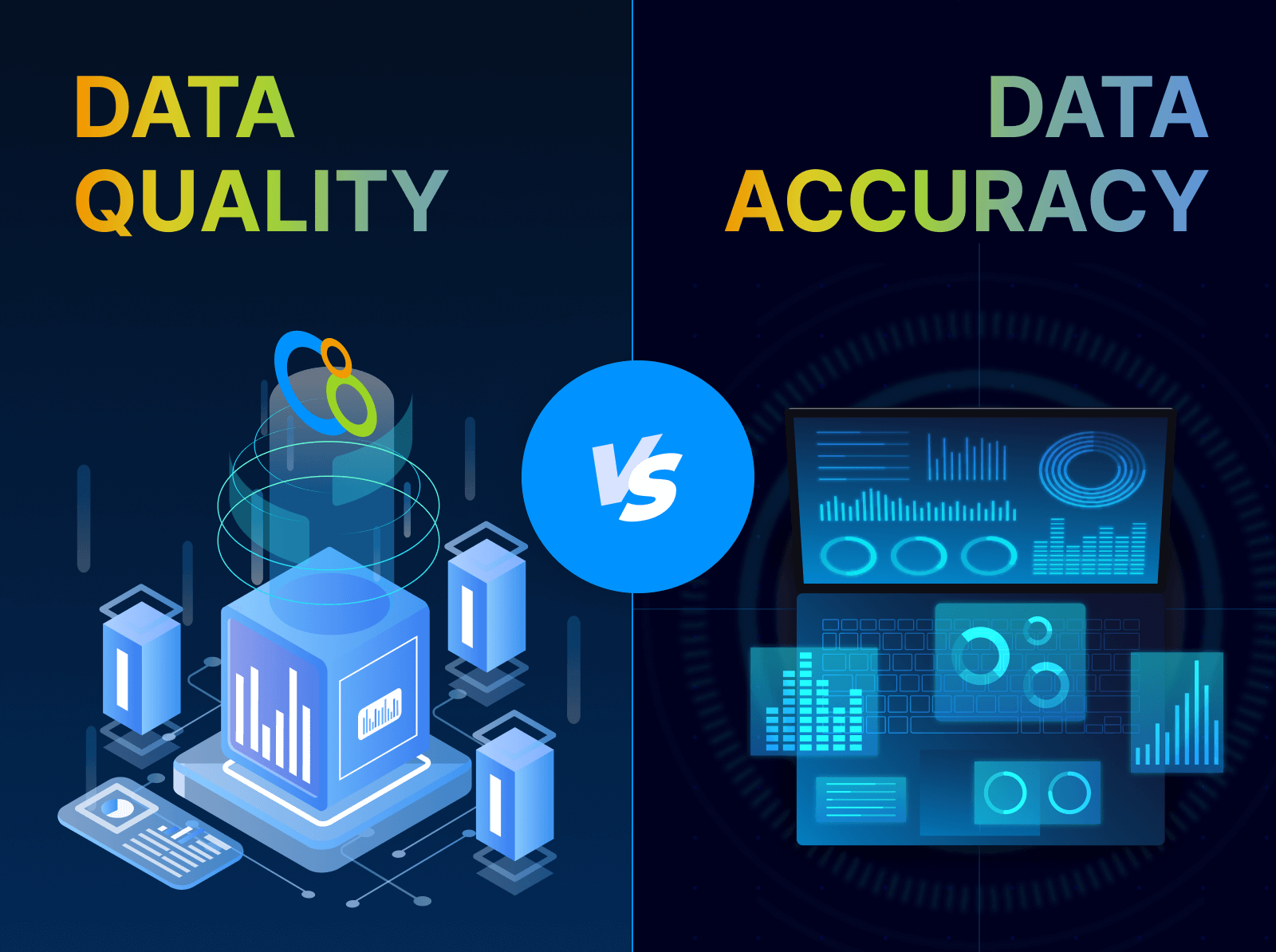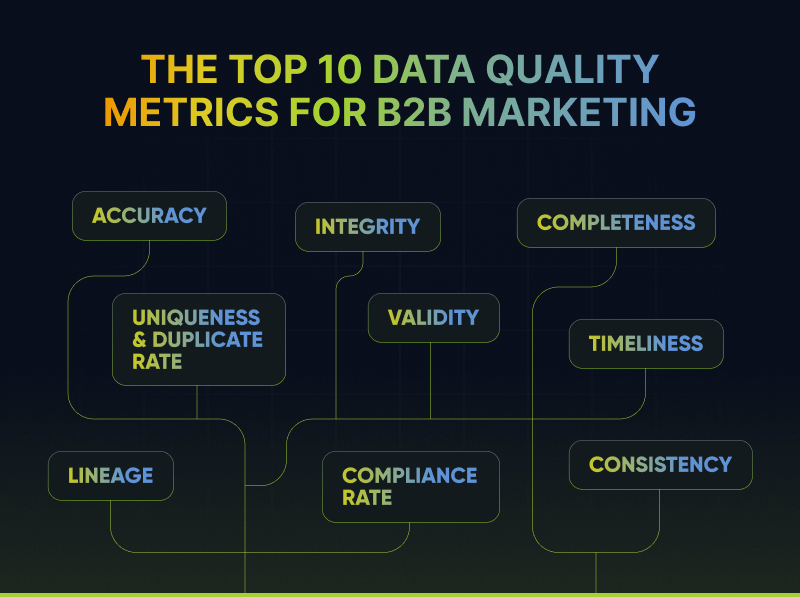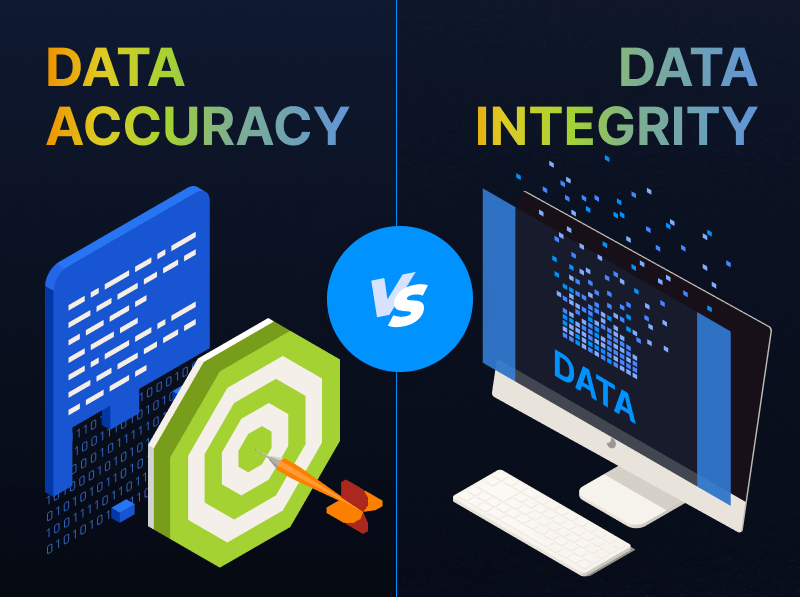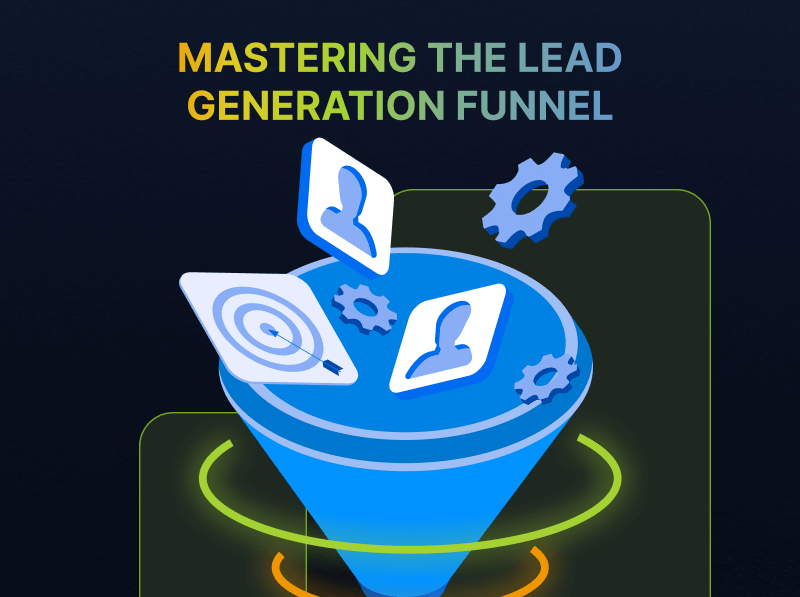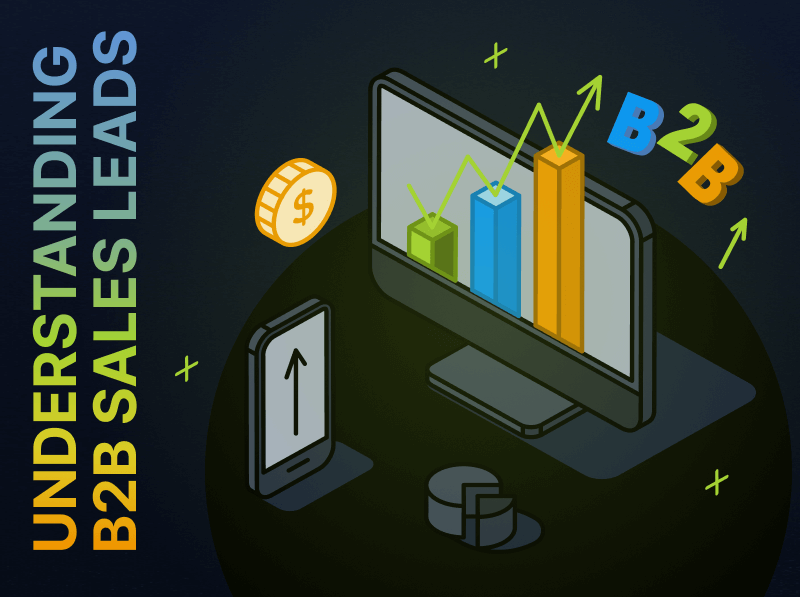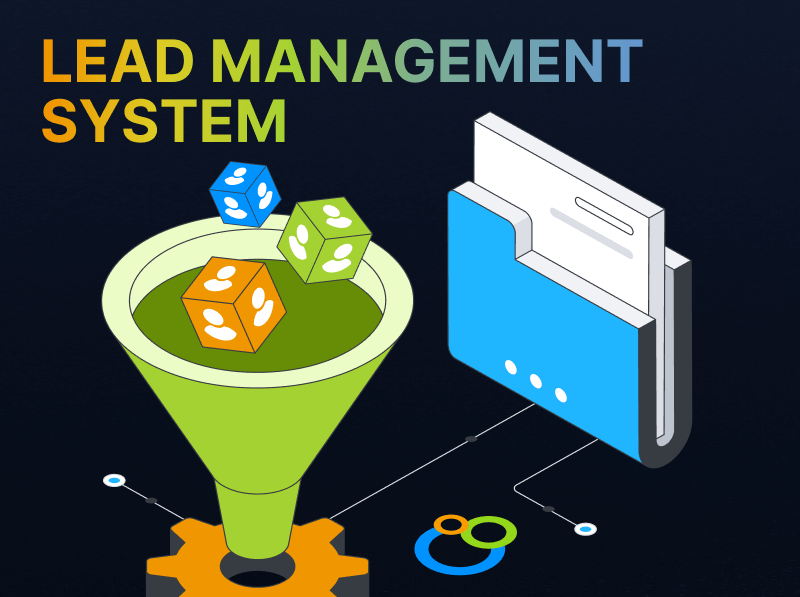Lead Routing: The Key to Faster Sales and Higher Conversions
The Essentials of Lead Routing Software
What is lead routing? Lead routing is the process of assigning inbound leads to the right sales representative based on predefined rules, ensuring faster response times and higher conversions. Without an effective lead routing system, businesses risk delayed follow-ups, lost leads, and reduced revenue opportunities.
How does lead routing software help? Implementing lead routing software automates the lead assignment process, ensuring that leads are distributed instantly, accurately, and fairly. These tools reduce human error, improve efficiency, and integrate seamlessly with CRM platforms like Salesforce, HubSpot, and Marketo.
Types of lead routing methods include:
- Round-Robin Routing – Evenly distributes leads among sales reps.
- Geographic-Based Routing – Assigns leads based on location.
- Skill-Based Routing – Matches leads with reps based on expertise.
- Account-Based Routing – Routes leads from key accounts to dedicated reps.
- AI-Driven Lead Routing – Uses machine learning to optimize assignments.
- Priority-Based Routing – Sends high-value leads to top-performing reps.
- Product-Based Routing – Assigns leads based on product interest.
- Availability-Based Routing – Routes leads to the first available rep.
Selecting the right approach depends on business model, sales strategy, and lead volume.
Best practices for optimizing lead routing: To optimize lead routing, businesses should use AI-powered lead routing tools to prioritize high-value leads, implement lead scoring for faster engagement with sales-ready prospects, establish SLAs to enforce response time expectations, and continuously monitor and refine routing processes based on conversion and response time data.
The future of lead routing software is being shaped by AI and automation, allowing businesses to leverage predictive analytics, real-time adaptation, and intent-based routing to maximize conversions.Companies that invest in automated lead routing software experience higher lead engagement, increased sales efficiency, and improved revenue growth.
What is Lead Routing?
Lead routing is the process of assigning inbound leads to the most appropriate sales representative or team based on predefined criteria. An effective lead routing system using lead routing software ensures that prospects receive timely and relevant engagement, increasing the likelihood of conversion.
However, poor lead routing—or worse, no lead routing—can create friction in the buyer’s journey, slow down response times, and result in lost opportunities. According to research from Harvard Business Review, companies that respond to leads within five minutes are 400% more likely to qualify the lead than those who wait 10 minutes or more. Without an efficient lead routing process, many businesses fall behind, leaving potential revenue on the table.
Types of Lead Routing (and When to Use Each)
There is no one-size-fits-all approach to lead routing. The best method depends on your business model, team structure, and sales strategy. Below are the most common lead routing rules and methods, when to use them, and their advantages.
1. Round-Robin Routing – Best for Fair Distribution Across a Team
How it works: Leads are distributed evenly among sales reps in a rotating order.
Best for: Sales teams where all reps have similar experience and skill levels, you need a simple process that can be implemented quickly, and lead prioritization is not a major concern.
Advantages:
- Ensures fairness by evenly distributing leads.
- Prevents lead hoarding by top-performing reps.
- Works well in high-velocity sales environments with a steady flow of leads.
Challenges: Doesn’t consider lead value, rep expertise, or urgency, which may reduce conversion rates.
2. Geographic Routing – Best for Region-Specific Sales Teams
How it works: Leads are assigned based on the prospect’s geographic location (country, state, region, or zip code).
Best for: Companies with regional sales teams or businesses with location-specific regulations and offerings.
Advantages:
- Local reps understand regional laws, culture, and customer pain points.
- Enables territory-based sales strategies for better coverage.
- Reduces travel costs for in-person sales visits.
Challenges: Requires well-defined geographic territories to avoid lead duplication and confusion.
3. Account-Based Routing – Best for B2B Enterprise Sales & ABM
How it works: Leads from target accounts are routed to a dedicated account owner for a personalized, long-term sales approach.
Best for: Companies using Account-Based Marketing where reps handle specific strategic accounts.
Advantages:
- Ensures relationship continuity by routing leads from the same account to the same rep.
- Improves conversion rates for high-value enterprise clients.
- Provides personalized follow-ups and long-term engagement.
Challenges: Doesn’t work well for one-time sales or transactional businesses.
4. Priority-Based Routing – Best for Handling High-Value Leads First
How it works: Leads are scored and ranked, with high-value leads routed to top-performing reps.
Best for: Sales teams that prioritize quality over quantity, particularly in industries with long sales cycles (B2B SaaS, finance, real estate).
Advantages:
- Maximizes revenue potential by ensuring high-priority leads go to experienced reps.
- Reduces the risk of high-value leads getting lost in the queue.
- Helps focus sales efforts on the most promising opportunities.
Challenges: Requires a strong lead scoring model to work effectively.
5. Expertise-Based Routing – Best for Complex Sales & Industry Expertise
How it works: Leads are assigned based on sales rep expertise in a particular product, industry, or customer segment.
Best for:
- Companies selling multiple products or services that require technical knowledge.
- B2B industries where reps need deep expertise in client use cases (e.g., healthcare, finance, manufacturing).
Advantages:
- Ensures prospects receive the most knowledgeable rep.
- Leads to higher conversion rates for complex sales.
- Reduces back-and-forth by getting the right answer the first time.
Challenges: Needs accurate rep skill tagging to function properly.
6. Product-Based Routing – Best for Companies with Multiple Offerings
How it works: Leads are routed based on the specific product or service they’re interested in.
Best for: Businesses selling multiple products or services, where reps specialize in different offerings.
Advantages:
- Ensures prospects connect with a rep who understands their product needs.
- Increases expert-level guidance and closes deals faster.
- Helps segment sales teams efficiently.
Challenges: Requires a well-maintained product-tagging system in your CRM.
7. Availability-Based Routing – Best for High-Velocity Sales Teams
How it works: Leads are routed to the first available rep, ensuring fast response times.
Best for:
- Call centers, inbound SDR teams, and high-volume lead generation.
- Companies where speed-to-contact is critical (e.g., real estate, finance, insurance).
Advantages:
- Minimizes lead wait time and increases engagement rates.
- Prevents stalled leads due to rep unavailability.
- Improves customer experience with immediate responses.
Challenges: May lead to unbalanced workloads if not monitored properly.
Industry-Based Routing – Best for B2B Niches & Targeted Sales
How it works: Leads are assigned based on industry vertical, ensuring reps with relevant experience handle industry-specific inquiries.
Best for:
- Companies serving multiple industries with unique pain points and regulations.
- Sales teams that tailor messaging to specific industries.
Advantages:
- Improves relevance and credibility in sales conversations.
- Ensures reps understand the industry’s specific needs.
- Helps drive higher engagement in targeted verticals.
Challenges: Requires accurate industry tagging and well-trained sales specialists.
Methods can be layered, and most companies prioritize and layer their routing rules. This can get quite complex; lead routing method layering is nearly impossible to do without a good lead routing tool.
Lead Routing Best Practices
Even though lead routing is foundational to sales success, many organizations struggle to implement a system that balances speed, fairness, and conversion optimization. Here are some best practices to ensure leads are routed efficiently:
Define Your Lead Routing Strategy
Start by identifying who should receive which leads and why. This requires alignment between marketing and sales to determine key factors like:
- What qualifies a lead for direct sales engagement?
- How should leads be segmented (industry, company size, product interest)?
- Which sales reps are best suited to handle specific types of leads?
- Which routing method should take priority?
Leverage Lead Scoring
Not all leads are created equal. Implementing a lead scoring model allows businesses to prioritize high-value leads and route them to the right rep faster. According to Forrester Research, companies that use lead scoring see a 77% increase in lead generation ROI. Leads are most often scored by a combination of demographic fit, engagement behaviors, and firmographic data. Don’t forget that score criteria can both add and subtract (for example, apply a “negative score” by subtracting points or disqualifying completely if the lead is a job applicant or competitor).
Automate Lead Assignment with Lead Routing Software
Manual lead assignment is inefficient and prone to human error. Implementing lead routing tools automates lead distribution, reducing response time and improving the customer experience.
Advantages of Lead Routing Software
- Instant Lead Assignment: Leads are routed in real time, eliminating lag time and increasing engagement opportunities.
- Fair & Balanced Workload: Ensures equal lead distribution while still prioritizing high-value prospects for skilled reps.
- Reduced Human Error: Automation prevents misrouted leads, duplicate entries, and missed follow-ups.
- Customizable Routing Rules: Businesses can configure complex routing logic based on industry, location, product type, and sales rep expertise.
- Seamless CRM Integration: Most lead routing tools integrate with Salesforce, HubSpot, Marketo, and other CRM platforms, allowing for better tracking and reporting.
Top Lead Routing Tools
Some of the most popular lead routing software solutions include:
- LeanData – Specializes in account-based lead routing and complex workflows.
- RingLead – Focuses on data hygiene and automated routing for enterprise sales teams.
- Chili Piper: Offers intelligent lead routing and scheduling, ensuring leads are promptly assigned to the appropriate sales representatives. It integrates with platforms like Salesforce and HubSpot.
- LeadAngel: Features customizable lead routing and segmentation, with integrations including Salesforce, Oracle, HubSpot, and Microsoft Dynamics.
These tools integrate with CRMs, allowing for complex routing rules. CRMs and marketing automation tools often have native routing features:
- Salesforce Lead Assignment Rules – Offers native lead routing within Salesforce CRM.
- HubSpot Lead Routing – Automates lead assignments using workflows and lead scoring.
Using platforms that specialize in lead routing improves response time and conversion optimization. Lead routing software will also have data and reports to help you monitor key metrics like conversion rates and lead response times.
Monitor Lead Response Times
A lead routed correctly but left untouched for hours or days (or worse: forever) is a wasted opportunity. Studies indicate that businesses responding to leads within an hour are seven times more likely to qualify the lead than companies that waited one more hour, and 60 times more likely than companies that waited 24 hours. Establish SLA agreements between marketing and sales to define expected response times, track and reward compliance (though this reward is merely for behavior change: the true reward is the lagging indicators of closed deals).
Continuously Optimize Your Routing Process
Lead routing is not a “set it and forget it” process. Use data analytics to evaluate:
- Are certain reps overwhelmed with too many leads while others have too few?
- Are high-value leads closing at the expected rate?
- Are response times meeting benchmarks?
Making data-driven adjustments ensures ongoing optimization.
The Future of AI in Lead Routing Software
Not surprisingly, AI is transforming how businesses prioritize, distribute, and engage leads with AI-driven lead routing software. Advanced AI models analyze historical sales data, behavioral signals, and rep performance to optimize routing decisions.
How AI is Impacting Lead Routing
- Predictive Lead Matching: AI predicts which sales rep is most likely to close a lead based on past performance, ensuring high-value prospects go to the best reps.
- Real-Time Adaptation: AI-powered routing systems adjust lead assignment in real-time based on availability, workload, and deal success rates.
- Intent-Based Routing: AI analyzes lead behavior, content interactions, and external data sources to assess buying intent and route leads accordingly.
What’s Next for AI in Lead Routing?
- Conversational AI Pre-Screening: AI chatbots qualify leads before routing them to the sales team.
- Automated Lead Scoring & Re-Routing: AI will continuously update lead scores and reassign leads if they become more sales-ready.
- Deeper CRM Integration: AI-driven lead routing tools will further integrate with predictive analytics and CRM automation, making sales workflows more intelligent and automated.
Consequences of Poor Lead Routing
Without a proper lead routing strategy, businesses face slow response times, inefficient lead distribution, and missed revenue opportunities. Common consequences include:
- Delayed Follow-Ups – Leads sit in CRM queues without action, reducing engagement.
- Lost High-Value Prospects – Poor routing means unqualified reps handle key accounts.
- Reduced Sales Efficiency – Wasted time on misrouted or low-priority leads.
- Missed Revenue – Poor lead distribution results in slower deal velocity and lower conversions.
Final Thoughts
A structured lead routing process is essential for accelerating sales, improving efficiency, and enhancing customer experiences. The right lead routing software ensures that every lead reaches the right rep at the right time.
By leveraging lead routing tools, businesses can increase conversions, automate sales processes, and future-proof their lead management strategies.
How does your organization handle lead routing today? Are you using automated lead routing tools, or is manual assignment slowing you down? Let’s discuss.
